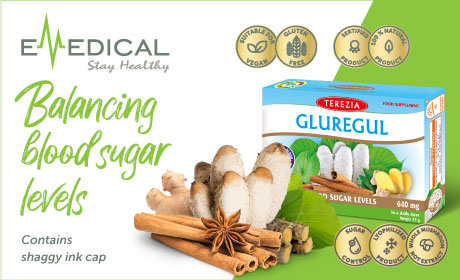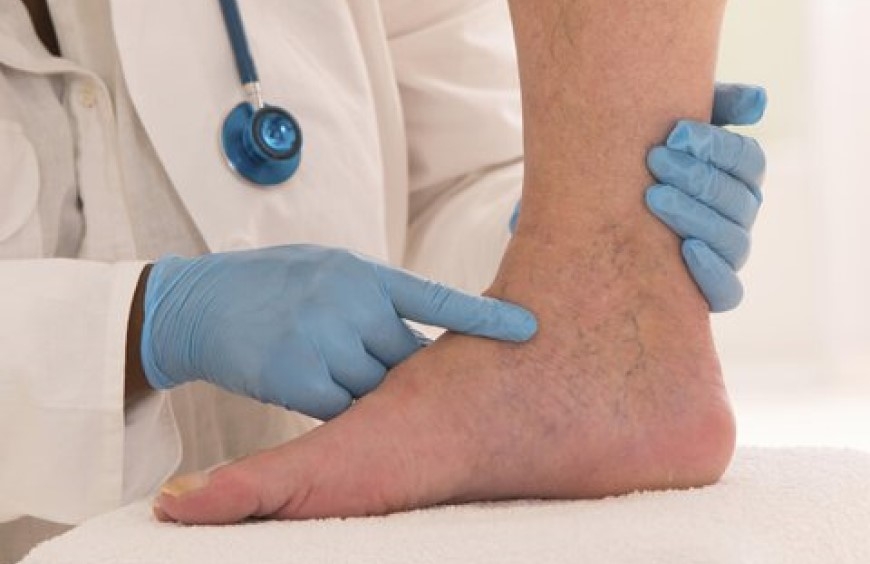How to Identify and Treat Poor Blood Circulation
No matter how old you are, how healthy you are, or how good your blood pressure is, you could have poor circulation without even knowing it. Poor circulation means that blood circulates more slowly throughout your blood vessels than is ideal. Although it's not a medical condition unto itself, it can result from several medical conditions. Poor circulation is your body’s way of telling you something is amiss, so don’t ignore this important health clue.
Risks of Poor Circulation
The most significant risk associated with poor circulation is developing a blood clot, usually in the calf. If the blood clot breaks loose, it can travel to other areas of the body, triggering a life-threatening stroke or embolism. Poor circulation can also impede brain function, slow kidney function, lead to varicose veins, and cause cramps in your hands, feet, and legs.
Risk Factors for Poor Circulation
Although anyone can develop poor circulation, certain people are more vulnerable. The more risk factors you have, the more likely it is that you will experience poor circulation. Common risk factors include:
- High cholesterol.
- High blood pressure.
- Smoking.
- Excessive drinking.
- Eating a high-fat, high-cholesterol diet.
- Being overweight, especially if you are obese.
- Type 1 or Type 2 Diabetes.
- You take birth control and smoke, or are over the age of 35; birth control use is not usually a risk factor for poor circulation, but for women over the age of 35 and those who smoke, it increases the risk of slowed circulation.
Symptoms of Poor Circulation
Poor circulation doesn't typically cause serious symptoms, especially not in its early stages. It rarely is symptom-free, though, which means that if you carefully monitor your body, it will give you clues to your circulatory problems. Some signs to watch for include:
- Swelling, pain, tingling, or numbness in the feet. If you have diabetes, this symptom is especially troubling. Over time, high blood glucose levels can damage blood vessels in the legs and feet, causing problems in the lower extremities.
- Unusually cold hands or feet, even in warm weather or after exercising.
- Unexplained pain, especially stabbing or creepy-crawly sensations, in your ankles or feet.
- Varicose veins, especially in your legs and feet.
- Itching or severely dry skin in the legs and feet.
- Fatigue, particularly in your legs and feet. Your legs may feel tired and heavy.
What You Can Do
Poor circulation is not itself a disease, but rather the result of another health problem, such as diabetes or atherosclerosis. In many cases, what triggers poor circulation is the product of unhealthy lifestyle choices. The treatment process begins with determining what conditions contribute to your poor circulation. From there, your doctor may put you on medication to regulate blood glucose, recommend blood glucose monitoring, or prescribe drugs to address high cholesterol or hypertension.
The following strategies can improve circulation, and potentially even help you avoid medication:
- Lose weight if you are overweight. Even if you don't hit your target weight, losing just 5-10 pounds can make a significant impact on your overall health.
- Focus on health, not the number on the scale. Eat a balanced diet rich in vegetables and fruits, and stay active throughout the day rather than during a short burst of exercise.
- Increase the amount of aerobic exercise you get, even if only in 10-minute bursts. Walking, swimming, and other low-impact options are ideal if you're out of shape or have joint problems.
- Reduce your intake of cholesterol, sodium, and sugar. Red meats, fried foods, and sugary snacks such as pancakes and cookies can all contribute to weight gain, cardiovascular problems, and poor circulation.
- Manage your stress. High stress can contribute to high blood pressure, circulatory problems, chronic inflammation, and poor overall health. Meditation, therapy, mindfulness, and cultivating new hobbies can all help.
Poor circulation can be scary, but it doesn't have to lead to chronic pain or cardiovascular issues. Don't shy away from discussing circulatory issues with your doctor, even if you're worried the conversation will produce a scary diagnosis. Once you know what you're facing, you're better equipped to treat it, and less likely to fear the unknown.
Source: https://www.caredash.com






